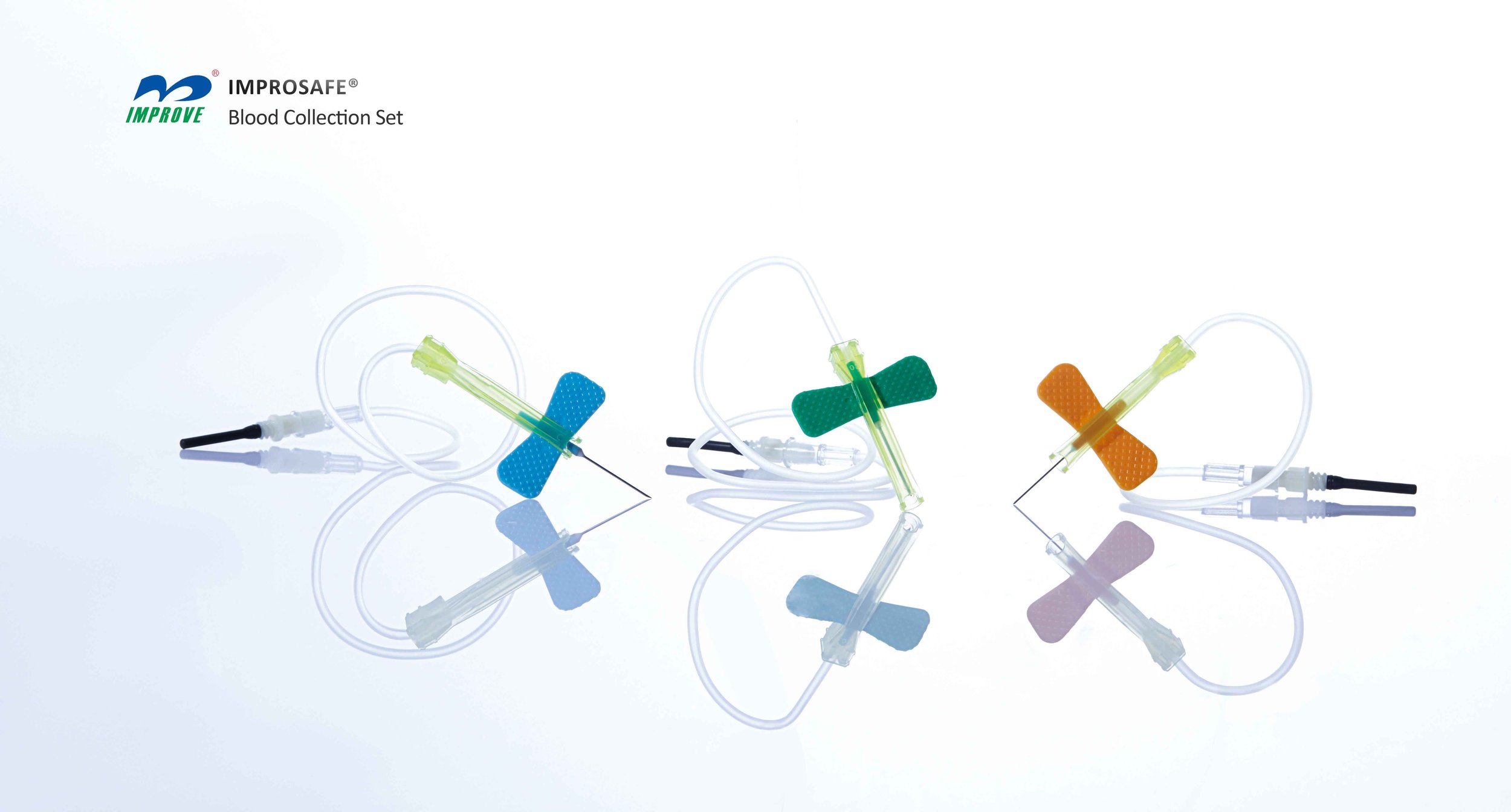Gender Biases in Medical Lab Tests: Impact, Implications, and Solutions
Summary
- Gender biases can impact the way medical lab tests are conducted and interpreted in the United States.
- These biases can lead to differences in testing protocols, result interpretations, and patient care.
- It is essential for healthcare professionals to be aware of these biases and work towards eliminating them to ensure equitable healthcare for all individuals.
Introduction
Gender biases have long been a pervasive issue in the healthcare industry, impacting the way medical lab tests are conducted and interpreted. In the United States, these biases can manifest in various ways, from differences in testing protocols to result interpretations. It is important for healthcare professionals, particularly in the field of phlebotomy and medical laboratory science, to be aware of these biases and take steps to address and eliminate them.
Gender Biases in Medical Lab Tests
Gender biases can affect medical lab tests in several ways, including:
- Differences in Testing Protocols: Some medical tests may have different reference ranges or protocols based on gender, leading to potentially inaccurate results.
- Result Interpretations: Healthcare Providers may interpret Test Results differently based on the patient's gender, which can impact the course of treatment.
- Patient Care: Gender biases can affect how patients are treated and diagnosed, leading to disparities in healthcare outcomes.
Impact on Patient Care
Gender biases in medical lab tests can have serious implications on patient care and outcomes. For example:
- Delayed or Incorrect Diagnoses: Gender biases can lead to delayed or incorrect diagnoses, impacting the patient's health and well-being.
- Unequal Treatment: Patients may receive different treatment based on their gender, leading to disparities in care and outcomes.
- Lack of Trust: Patients may lose trust in the healthcare system if they feel they are not being treated fairly or equitably based on their gender.
Addressing Gender Biases in Medical Lab Tests
Healthcare professionals in the United States can take several steps to address and eliminate gender biases in medical lab tests, including:
- Education and Training: Providing education and training on gender biases and their impact on medical tests can help raise awareness among healthcare professionals.
- Standardizing Protocols: Implementing standardized testing protocols that are not based on gender can help ensure accurate and unbiased results.
- Encouraging Diversity: Promoting diversity and inclusivity in the healthcare workforce can help reduce biases and improve patient care.
Conclusion
Gender biases can have a significant impact on the way medical lab tests are conducted and interpreted in the United States. Healthcare professionals must be vigilant in recognizing and addressing these biases to ensure equitable healthcare for all individuals. By taking steps to eliminate gender biases, we can improve patient care and outcomes for everyone.

Disclaimer: The content provided on this blog is for informational purposes only, reflecting the personal opinions and insights of the author(s) on the topics. The information provided should not be used for diagnosing or treating a health problem or disease, and those seeking personal medical advice should consult with a licensed physician. Always seek the advice of your doctor or other qualified health provider regarding a medical condition. Never disregard professional medical advice or delay in seeking it because of something you have read on this website. If you think you may have a medical emergency, call 911 or go to the nearest emergency room immediately. No physician-patient relationship is created by this web site or its use. No contributors to this web site make any representations, express or implied, with respect to the information provided herein or to its use. While we strive to share accurate and up-to-date information, we cannot guarantee the completeness, reliability, or accuracy of the content. The blog may also include links to external websites and resources for the convenience of our readers. Please note that linking to other sites does not imply endorsement of their content, practices, or services by us. Readers should use their discretion and judgment while exploring any external links and resources mentioned on this blog.
